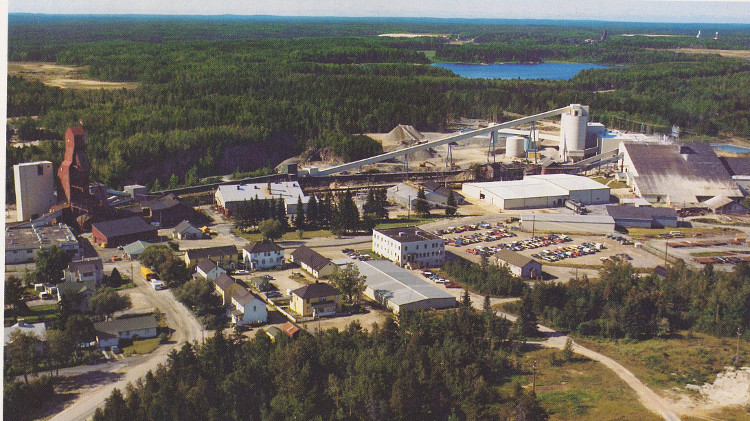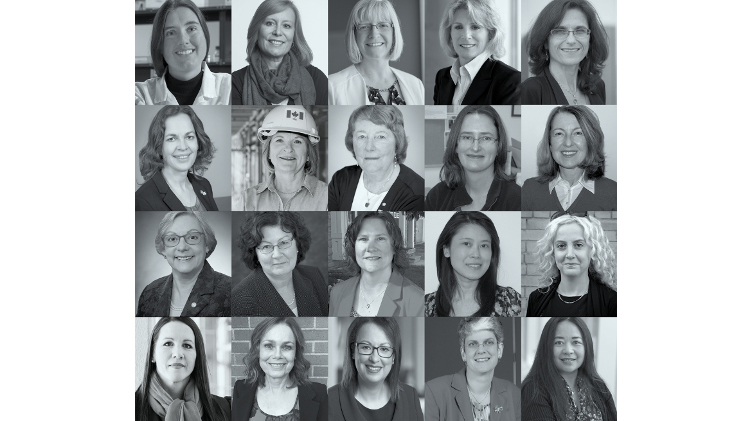A few years ago, at a mining conference and trade show in the United States, I met a man who had once been a miner in the eastern U.S. He was both friendly and gruff. He shared stories with me about working in underground coal mines and the near misses he had survived. When he retold how he had nearly been buried alive under coal and had to dig himself out, it was not with relief that those days were behind him, but with pride that he had the mettle to work with that risk and shrug it off.
He scorned the Mine Safety and Health Administration (MSHA), whose responsibility is to ensure safety regulations are followed. From his perspective, all the agency did was get in the way of people doing their jobs. For its part, MSHA had a pronounced impact on safety in U.S. mines. In the five years after MSHA was created in 1977, fatalities per number of coal miners fell by over 30 per cent as compared to the five years prior. Over time, the number of coal miners has declined, but not nearly as steeply as fatalities.
This former coal miner, however, was at the event to promote the National Institute of Occupational Safety and Health (NIOSH). Like MSHA, it was created in the 1970s, though its task was not to enforce regulations, but to research the cause of workplace-related injuries, illnesses, disabilities and deaths and to provide guidance for their prevention. If MSHA is a sharp stick, NIOSH helps to guide where it pokes.
NIOSH, for example, contributed to recent research that identified why cases of black lung had taken a sharp turn upward in miners working in the Appalachian coal mines, despite tighter controls on coal dust exposure. Modern coal mining machines, it turned out, are generating much more silica dust because they can cut into the rock above and below the coal seams. All this extra silica dust is ruining miners’ lungs at an alarming rate.
New regulations to address this problem were enacted last year with compliance required by this April.
Of course, things have taken a new direction this year: the Trump administration is pushing for more coal mining; MSHA’s resources for enforcement have been cut dramatically; the enforcement of the new silica dust limits in coal mining has been temporarily paused; and NIOSH’s division focused on mining has been largely dismantled.
Sure, I have my opinions about this, but I would rather learn what has become of that coal miner turned civil servant and what he would make of this moment in time.




